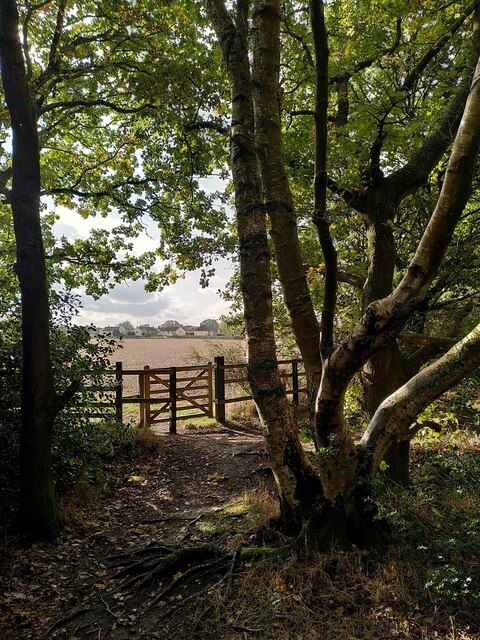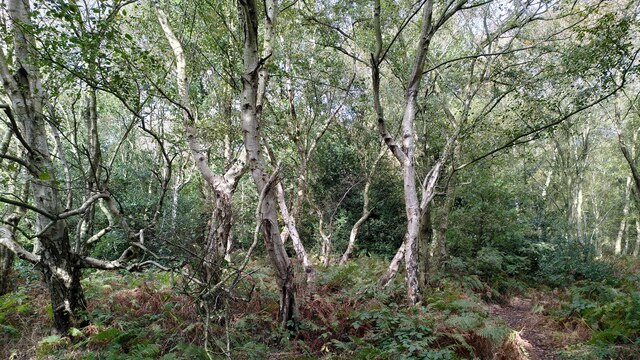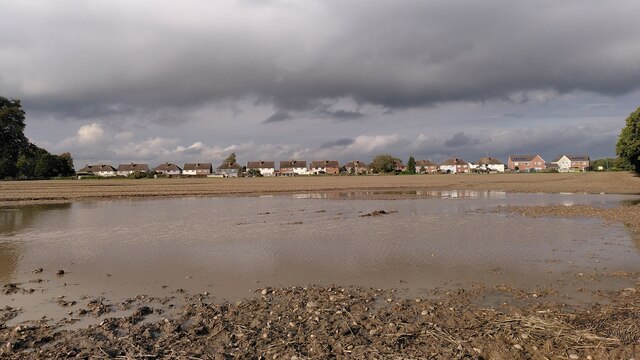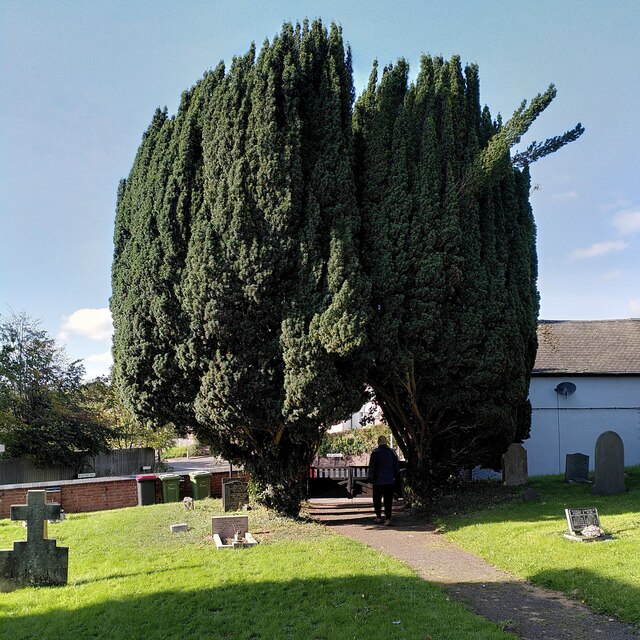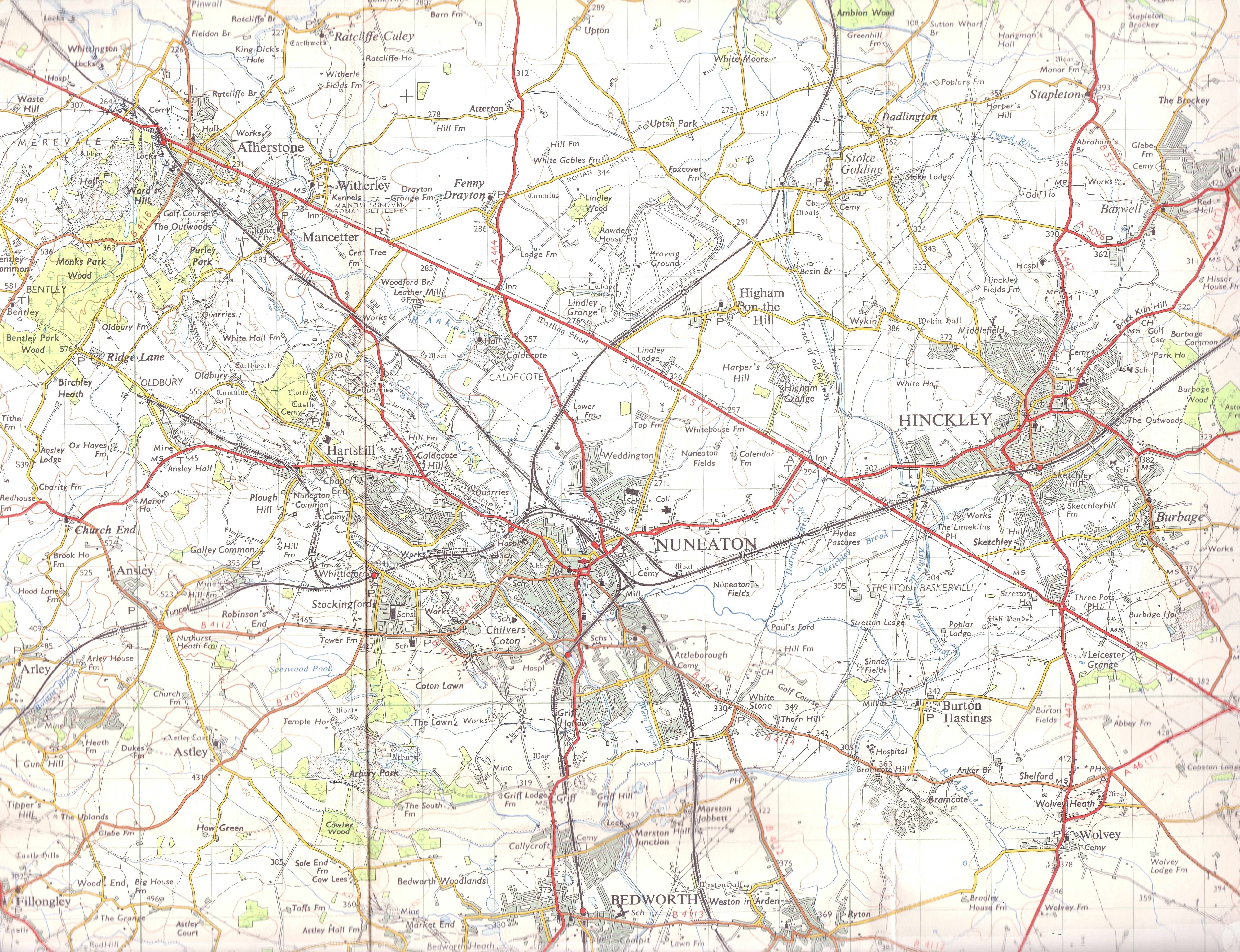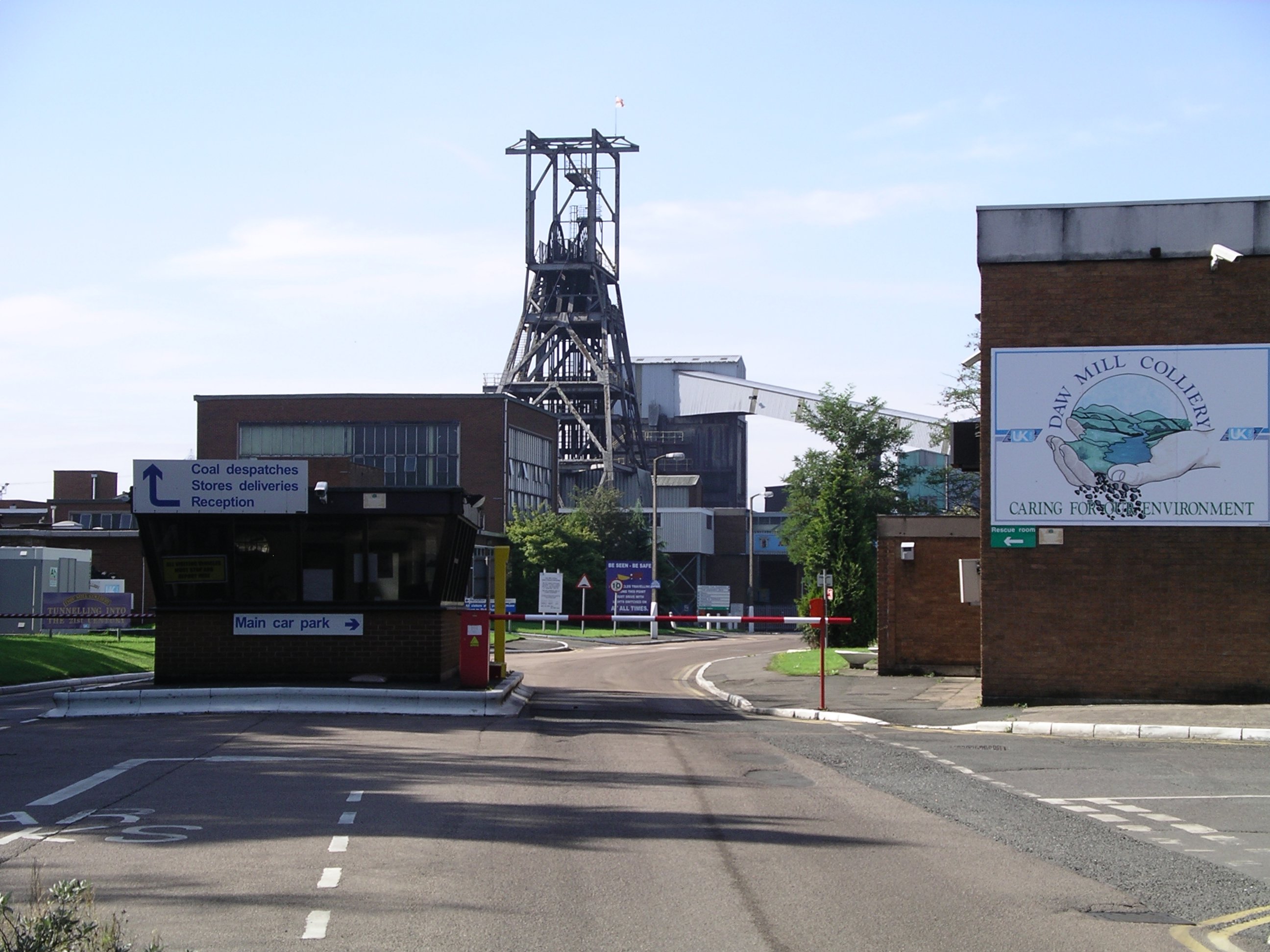Arley, Old
Settlement in Warwickshire North Warwickshire
England
Arley, Old
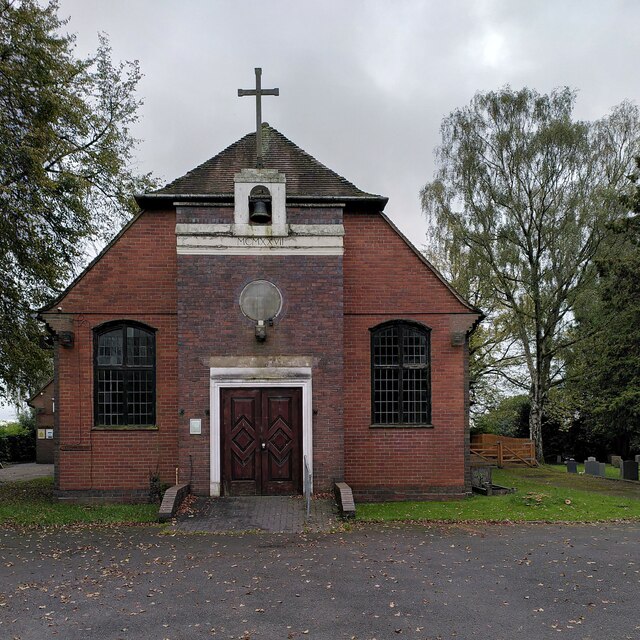
Arley is a small village located in the historic county of Warwickshire, England. Situated in the heart of the Forest of Arden, it is surrounded by picturesque countryside and lush green landscapes. The village is part of the civil parish of Old Arley, which also includes the neighboring village of New Arley.
With a population of around 2,000 people, Arley is a close-knit community known for its tranquility and charm. The village is characterized by its traditional English architecture, with timber-framed houses and thatched roofs adding to its rustic appeal. The centerpiece of Arley is St. Wilfrid's Church, a beautiful medieval structure that dates back to the 12th century.
Arley offers a range of amenities to its residents, including a primary school, a village hall, and a handful of local shops and pubs. The village is well-connected to larger towns and cities in the region, with easy access to the nearby towns of Nuneaton and Coventry.
Nature lovers and outdoor enthusiasts are drawn to Arley for its idyllic surroundings. The village is located near the Coventry Canal, offering opportunities for scenic walks and boating. Additionally, the nearby Arley Arboretum and Gardens provide a peaceful retreat for visitors, showcasing a variety of plant species and vibrant flower displays.
In conclusion, Arley, Old, Warwickshire is a charming village nestled in the heart of the Forest of Arden. With its rich history, beautiful architecture, and stunning natural surroundings, it is a delightful place to visit or call home.
If you have any feedback on the listing, please let us know in the comments section below.
Arley, Old Images
Images are sourced within 2km of 52.513358/-1.5839647 or Grid Reference SP2890. Thanks to Geograph Open Source API. All images are credited.

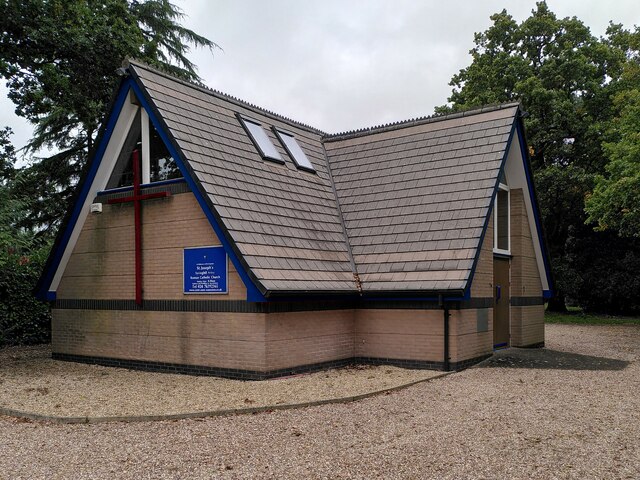
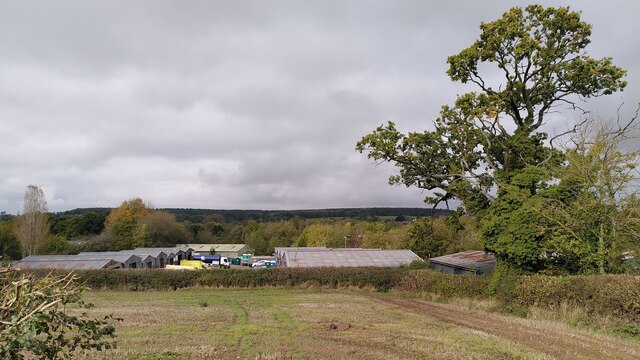
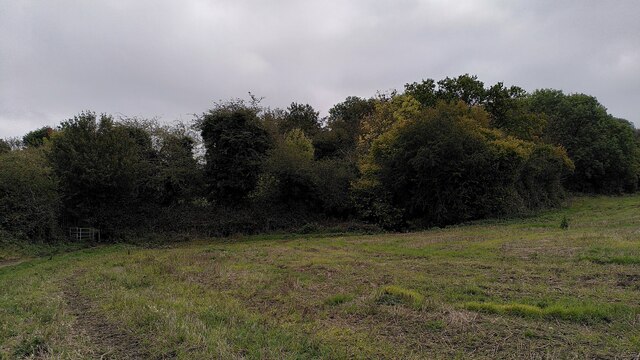
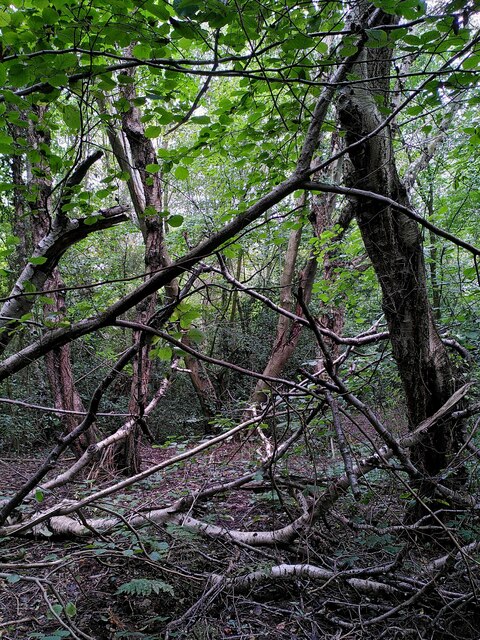

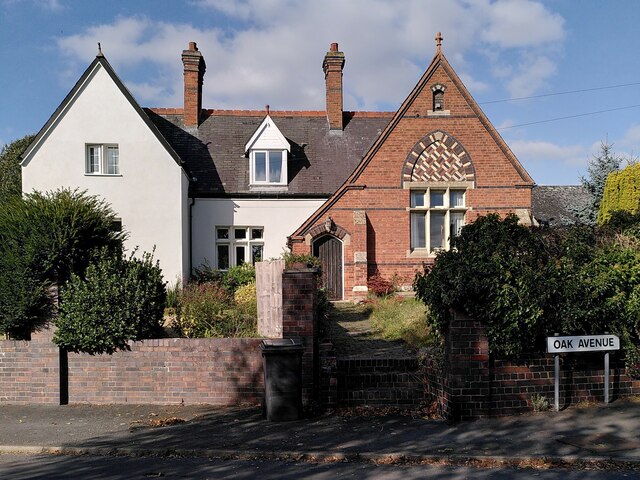

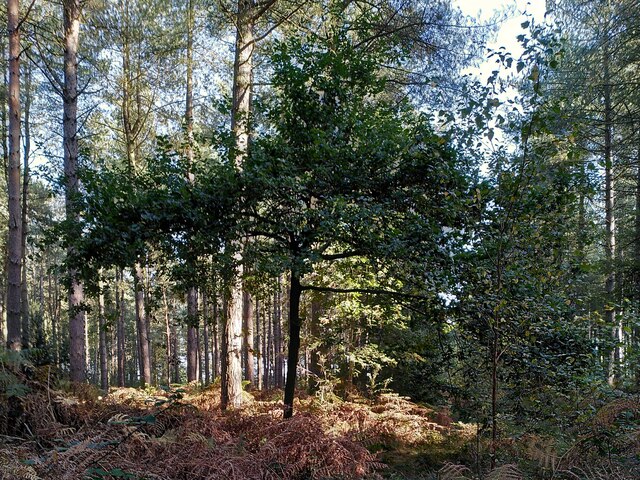

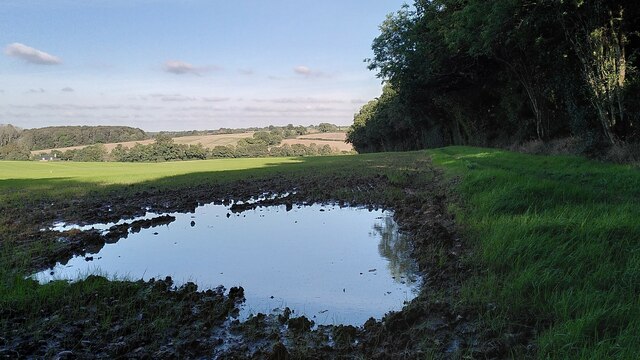


Arley, Old is located at Grid Ref: SP2890 (Lat: 52.513358, Lng: -1.5839647)
Administrative County: Warwickshire
District: North Warwickshire
Police Authority: Warwickshire
What 3 Words
///factor.safety.chucked. Near Hartshill, Warwickshire
Nearby Locations
Related Wikis
Old Arley
Old Arley is a village in the civil parish of Arley, in the north of Warwickshire, England, 5.5 miles (8.9 km) west of Nuneaton and 10 miles (16 km) north...
Arley, Warwickshire
Arley is a civil parish in the North Warwickshire district of Warwickshire, England. The parish includes two settlements, New Arley and Old Arley. Old...
Ballard's Green
Ballard's Green is a village in Warwickshire, England. Population details may be found under Over Whitacre.
Ansley, Warwickshire
Ansley is a parish in Warwickshire consisting of Ansley, Ansley Common, Church End, Birchley Heath and, previously, Ansley Hall Colliery. Ansley is on...
Arley and Fillongley railway station
Arley and Fillongley railway station was a station on the Midland Railway, which operated in the Midland county of Warwickshire, in England. == History... ==
Daw Mill
Daw Mill was a coal mine located near the village of Arley, near Nuneaton, in the English county of Warwickshire. The mine was Britain's biggest coal producer...
Over Whitacre
Over Whitacre is a village containing the hamlets of Botts Green, Furnace End and Monwode Lea in North Warwickshire, Warwickshire, England. The population...
Wood End, Fillongley
Wood End, is a small village in Warwickshire, England. It is situated north of Coventry. The village is part of the civil parish of Fillongley. There is...
Related Videos
Hoar Park Children’s Farm - August 2021
Welcome to Hoar Park Children's Farm. Not only can you see a wide variety of Children's Pets such as Rabbits and Guinea Pigs, ...
Hoar Park Farm (Nuneaton) West Midlands 04/03/2023
Hoar Park Farm Nuneaton - Walk About.
Nearby Amenities
Located within 500m of 52.513358,-1.5839647Have you been to Arley, Old?
Leave your review of Arley, Old below (or comments, questions and feedback).
